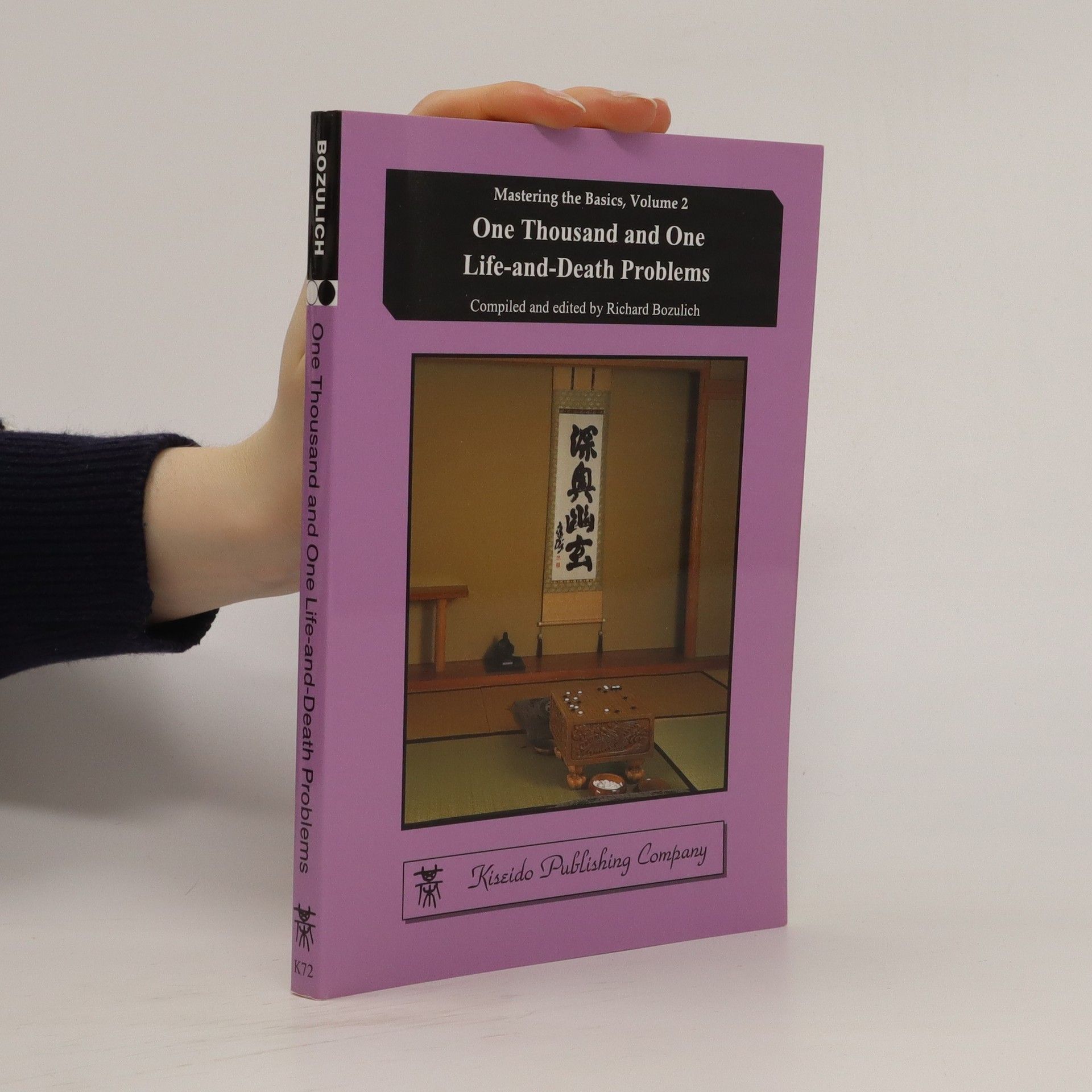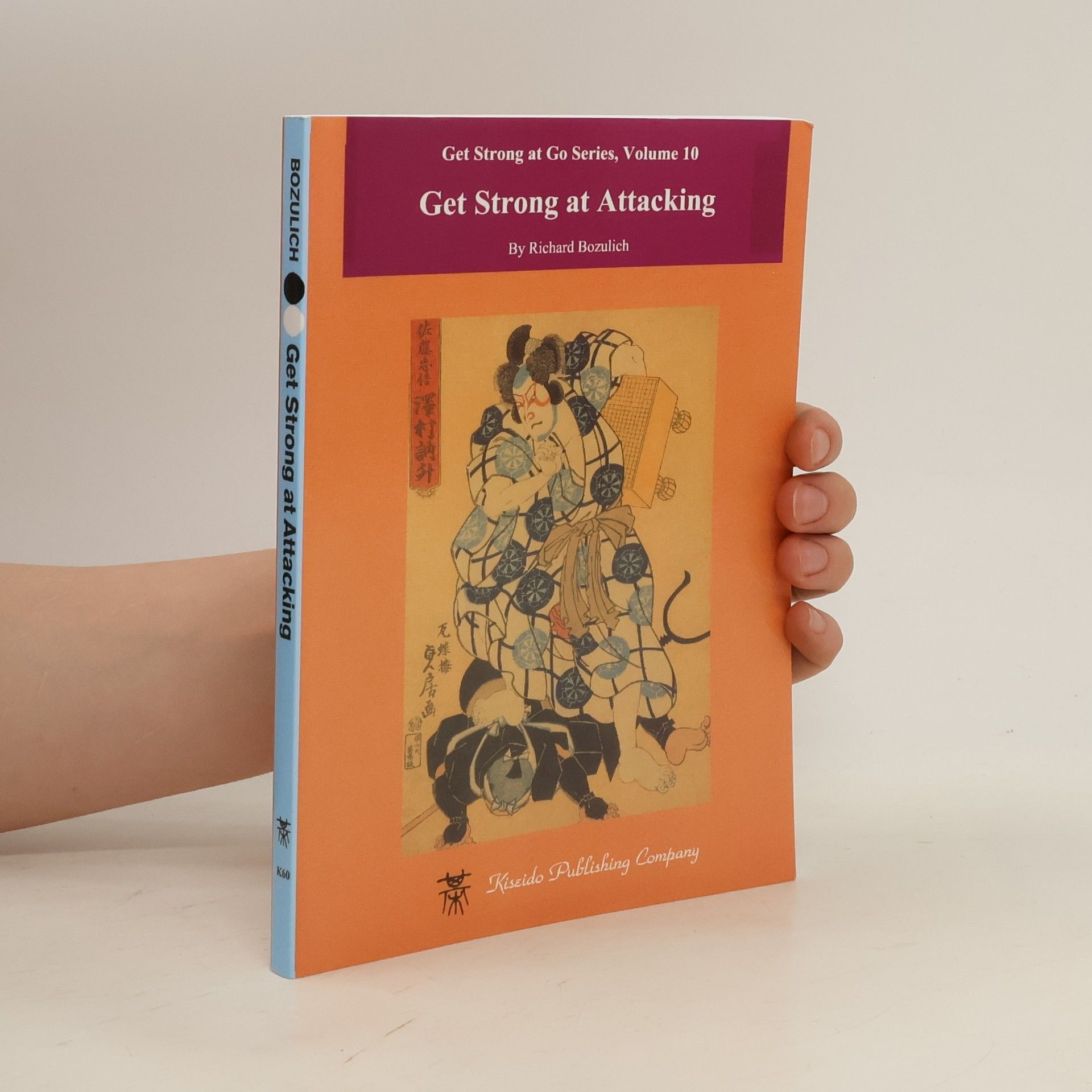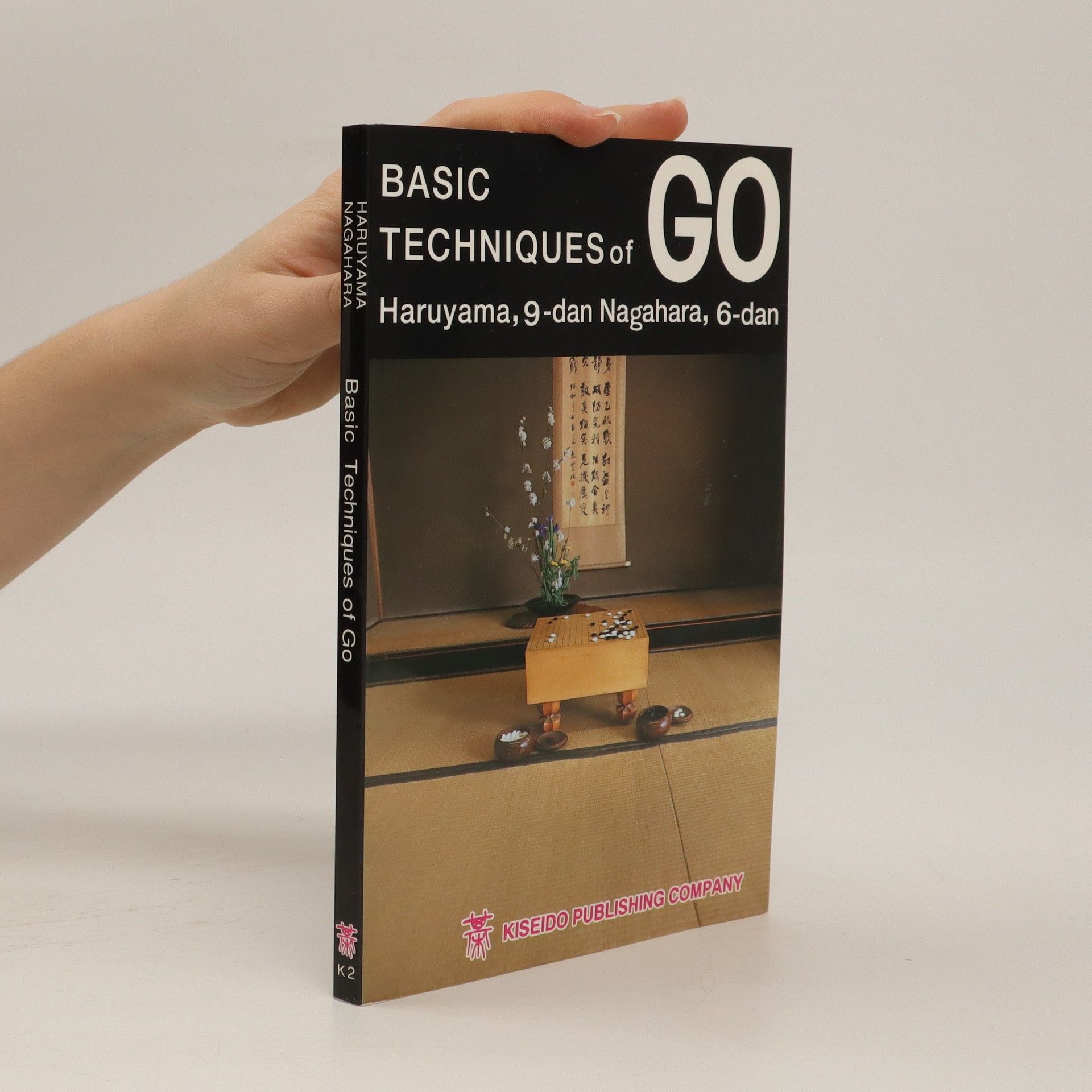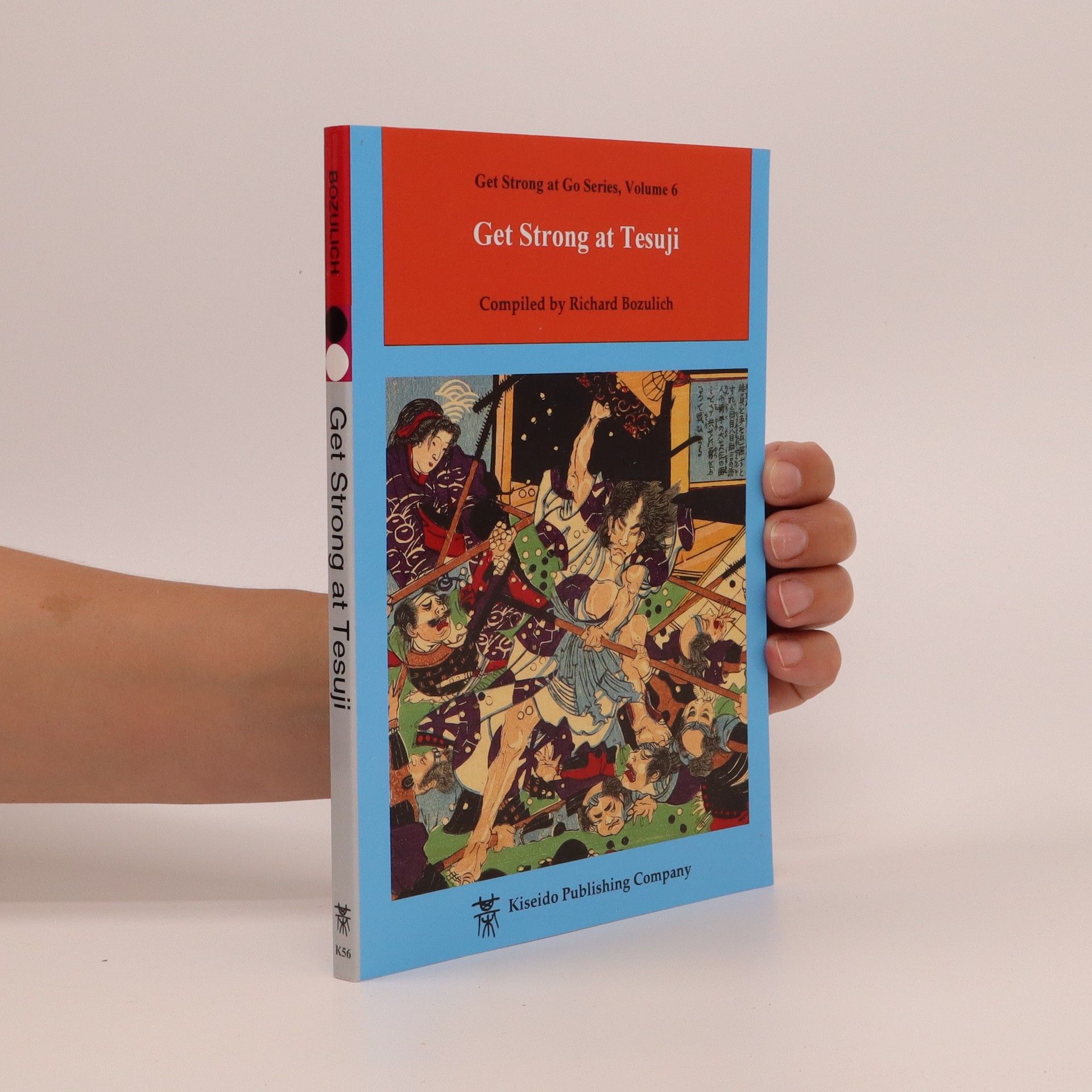The fastest way to become strong at go is to constantly study tesuji and life-and-death problems. But they also advise you not to study difficult problems. Easy problems, they say, are the most beneficial, even for dan-level players. In other words, quantity of problems studied rather than difficulty is the key to becoming strong. In this way, you will familiarize yourself with the key moves in all kinds of patterns, thereby developing your tesuji intuition that will help you zero in on the key points that arise in your games.This is the perfect book for studying tesuji. Aimed at the player who has just learned the rules and played a few games, Get Strong at Tesuji contains 534 problems that will develop your tesuji intuition to the level of a dan player. The problems are divided into three levels of easy (10-kyu to 5-kyu), intermediate (5-kyu to 1-kyu), and advanced (5-kyu to 1-kyu). There are also a few dan-level problems toward the end of the book so that you can judge your progress after tackling the other problems.
Richard Bozulich Livres






Five Hundred and One Opening Problems
- 270pages
- 10 heures de lecture
Basic Techniques of Go
- 172pages
- 7 heures de lecture
The most useful book for beginning players ever written. After introducing the basic principles of opening play, the reader is shown practical sure-win strategies which he can use in his handicap games. A chapter is devoted to tesujis (tactical brilliancies), with 69 examples and 50 problems. The book ends with a chapter on the endgame.
Get Strong at Attacking covers an often neglected phase of go: attacking in the middle game. Accurate analysis, spotting tesujis, and killing or rescuing stones are the backbone of middle-game strength. But creating or finding vulnerable stones, then attacking them correctly is an equally important technique and one that many amateurs are deficient in. The 136 problems in this book illustrate: - The importance of securing your own stones before attacking; in which direction to attack, taking into account the strength and weakness of your own stones and those of your opponent's; - When it is advantageous to confine your opponent's stones or when it is better to gouge out their eye space; - How to execute leaning attacks, that is, attacking stones in one part of the board in order to build strength to capture or threaten stones elsewhere; - Splitting attacks, where stones are separated into two groups and both are put under siege; - That the ultimate purpose of attacking is not to kill your opponent's stones but to threaten them so as to secure territory or build influence.
Get Strong at Invading
- 160pages
- 6 heures de lecture
Master the game of Go with this expert guide. Go is a two-player board game that first originated in ancient China but is also very popular in Japan and Korea. There is significant strategy and philosophy involved in the game, and the number of possible games is vast—even when compared to chess. This is the first comprehensive strategy guidebook in English to cover the entire game of Go by illustrating the nuances and finer points of Go strategy. Its 203 problems and their commented answers demonstrate to players of all level of skill not only successful moves, but also the incorrect moves and why they are wrong. This enables players to identify strengths and weaknesses in their games. From opening play to the endgame, Winning Go is an essential tool in helping serious players master the sophisticated sequence and flow of advanced Go play. Useful Go strategies include: The opening ( fuseki ) The middle ( chuban ) The endgame ( yose ) Clever moves ( tesuji ) Life and death ( shikatsu ) Winning corner skirmishes ( joseki ) Accurate counting Players will learn about not only creating good shapes but also how to avoid or take advantage of bad ones, along with the right and wrong order of moves. This makes Winning Go the ideal choice for a first problem book because it enables both players and teachers to improve upon their Go game. From opening play to endgame, Winning go is an essential tool in helping serious Go players master the sophisticated sequence and flow of advanced Go play.
Strategien und Taktiken des Go-Spiels
Was man wissen muss, nachdem man die Regeln gelernt hat
Das „Second Book of Go“ von Richard Bozulich ist ein Weltbestseller der Go-Literatur, der endlich auch in deutscher Sprache vorliegt. Das Buch richtet sich an fortgeschrittene Anfänger, die ihr erstes Regel- und Einführungsbuch gelesen haben und sich nun fragen, wie der weitere Einstieg in dieses faszinierende Spiel am besten zu bewerkstelligen ist. In diesem Buch bekommt der Leser gezeigt, wie man eine angemessene Strategie entwickelt und auf der Basis taktischer Kenntnisse die schwachen Gruppen des Gegners so angreift, dass sich Einfluss auf dem Brett in sicheres Gebiet verwandelt. Die verschiedenen Aspekte des Spiels werden in einer ersten Hälfte über Strategie (Eröffnung, Mittelspiel und Vorgabe) und einer zweiten Hälfte über Taktik (Tesuji, Leben und Tod, gute Form, Enspiel, Ko) behandelt.
Strategie
Lehrbücher des Go


